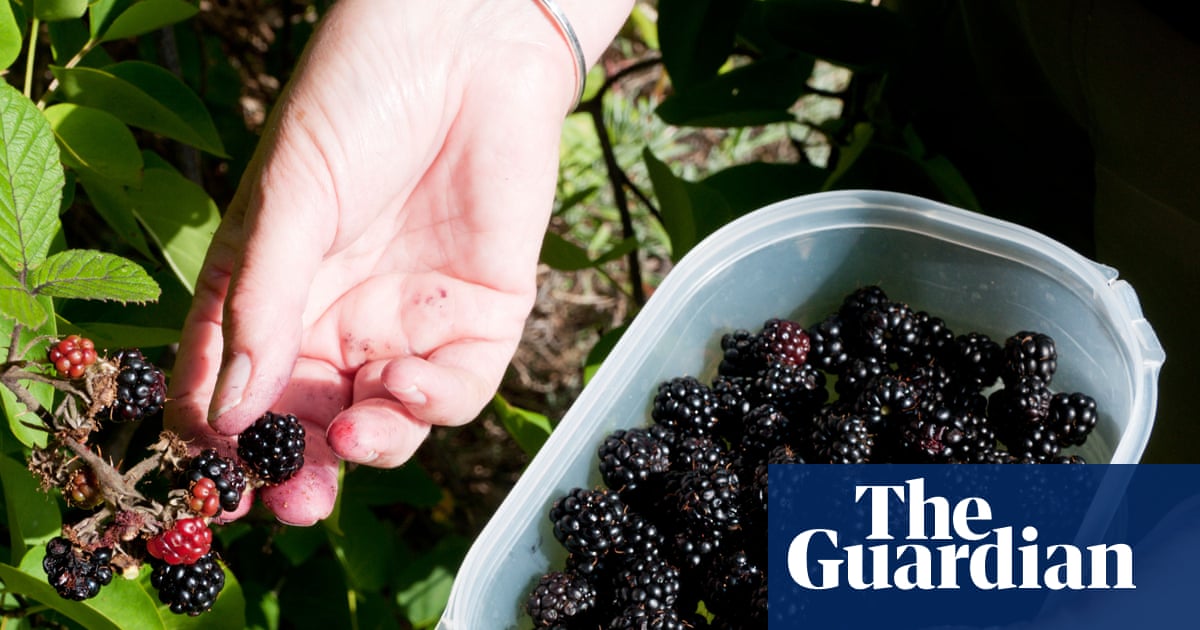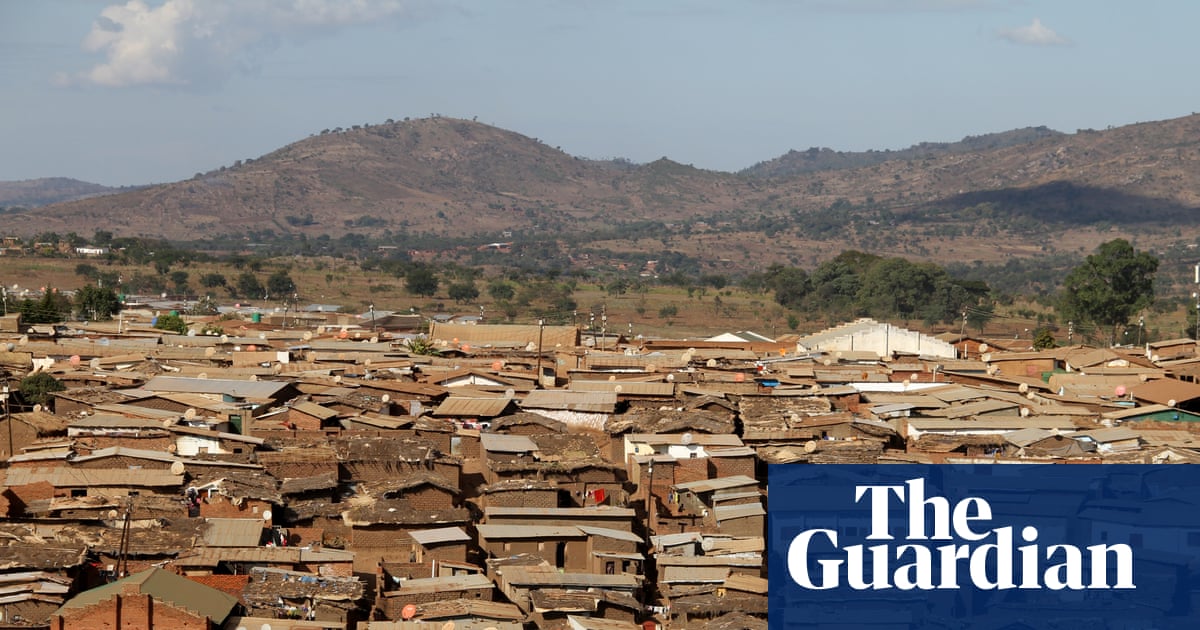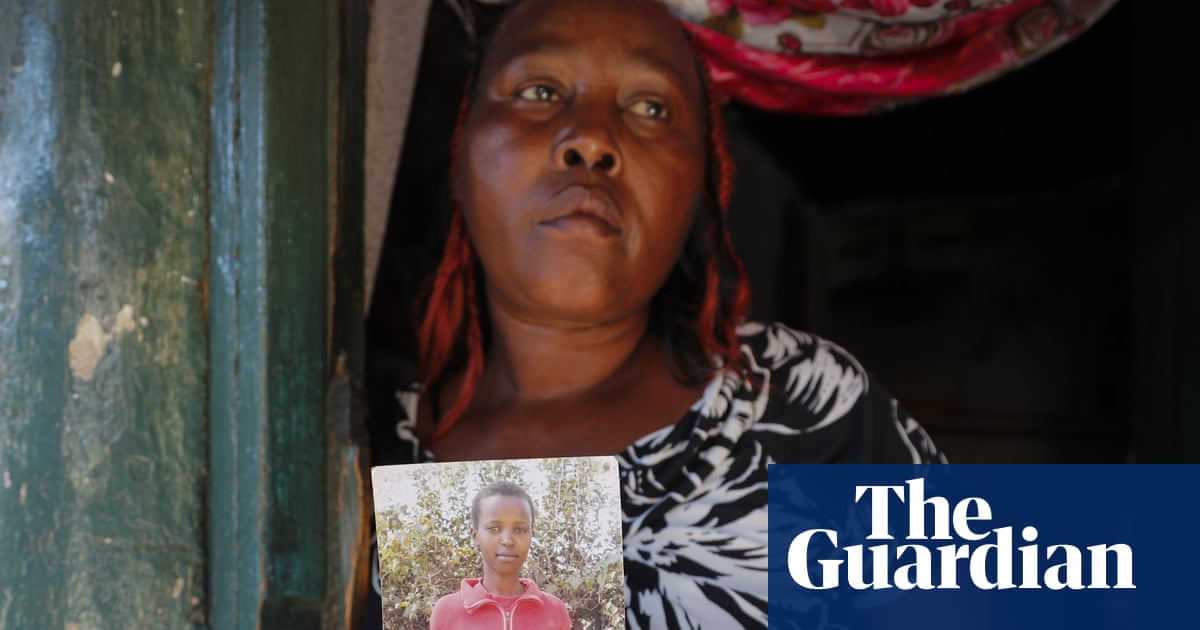Areas of the body most likely to develop skin cancer vary between men and women, research has found, as cases of melanoma are expected to rise this year.
According to analysis by Cancer Research UK (CRUK), four in 10 melanomas in men are found on the torso, including the back, chest and stomach, the equivalent of 3,700 cases a year.
More than a third – 35% – of melanomas in women are found on lower limbs, from the hips to the feet, and account for 3,200 cases every year.
It’s thought the variations are due to differences in behaviour, with men more likely to be in the sun without a shirt while women might wear shorts or skirts as the weather gets warmer.
The study found that 87% of melanoma cases, the equivalent of 17,100 in the UK each year, are caused by overexposure to UV radiation.
Last year, rates of melanoma skin cancer reached an all-time high in the UK, with new diagnoses increasing by a quarter from 21 to 28 in every 100,000 people between 2007 and 2009 and 2017 and 2019, according to CRUK figures.
There has been a 57% rise among the over-80s and a 7% rise in those aged 25 to 49. The charity has also warned that melanoma cases are expected to rise again this year, with 21,300 cases.
Michelle Mitchell, CRUK’s chief executive, said: “Improvements in skin cancer survival rates highlight the remarkable progress driven by our research. But the growing number of people diagnosed with melanoma is still concerning, especially when we can see that rates are rising faster in men.
“If you notice anything different on your skin, like a new mole, a mole that’s changed in size, shape or colour, or any patch of skin that looks out of the ordinary – don’t ignore it, speak to your GP. We want to beat skin cancer for everyone, no matter who they are or where they’re from – early diagnosis is key and could make all the difference.”
Fiona Osgun, head of health information at CRUK, said: “As the weather gets warmer, it’s really important to look after yourself in the sun. Getting sunburned just once every couple of years can triple your risk of melanoma skin cancer, compared with never being burned. And it’s not just the hot, sunny days you need to watch out for – UV rays can be strong enough to cause skin damage between mid-March and mid-October in the UK, even when it’s cloudy or cool.
“That’s why we encourage people to take some simple steps to stay safe. Try to stick to the shade between 11am and 3pm when the sun is strongest, wear clothes that help cover up your skin, with a hat and sunglasses, and use a sunscreen with at least SPF30 and 4 or 5 stars.”
Prof Peter Johnson, the national clinical director for cancer at NHS England, said: “Prevention is by far the best plan with skin cancer, so avoid the sun when it is at its hottest and ensure you use sunscreen. For skin cancer, as for any cancer, it is vital that you are seen and diagnosed as early as possible, so people should come forward if they are concerned about symptoms. Getting checked saves lives.”

 3 months ago
145
3 months ago
145

















































